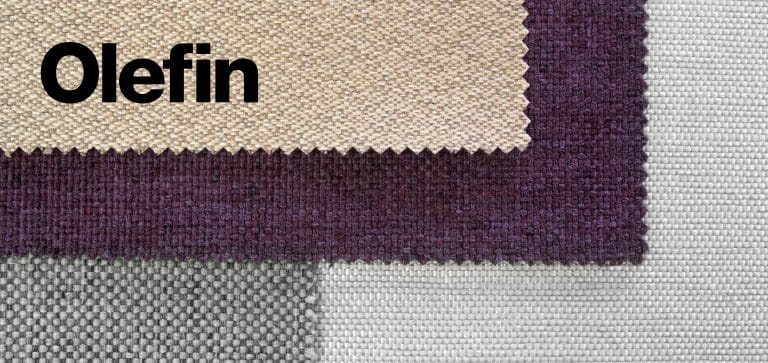Wristbands are used for a vast variety of purposes, from music festivals to patients in hospital. Though they can be be made from a vast variety of different materials, Tyvek and paper are two of the most commonly used.

These problems are compounded by some other problems inherent to printing wristbands. As quite small items, it is important that the device used to print wristbands be able to print accurately and at a high DPI, otherwise important information may be impossible to see. In most cases, also, a printer must be able to print text and other information right to the edge of each item, because if it is not able to a large proportion of the space available on the wristband is essentially wasted. That’s the case with printing tags as well – you’ll need a specialized tag printer.
Things to Consider with Paper and Tyvek Printing
Paper and Tyvek each present different difficulties when it comes to printing, for either wristbands or other items.
It might be assumed that paper, being a material that most printers have a great deal of experience with, is the easier material to work with. However, for small, fragile items such as wristbands, paper can be a little awkward. Printing, sorting, stacking, and transporting large numbers of paper wristbands requires care to ensure that the finished items do not tear or break in transit.
This is especially true for large scale orders, because in many cases the speed required for these orders means that the ink used to print each wristband may not be entirely dry before the wristband needs to be sorted and stored. Wet ink can weaken paper wristbands still further, and make them even more difficult to work with.
These issues aside, paper does offer some advantages when it comes to wristband printing. The first of these is the reduced cost of paper, which can significantly reduce the raw material cost of wristband orders. Second is the fact that paper allows the printer to use a vast variety of different techniques to imprint text, image, or designs onto the wristbands. Paper, as an absorbent material, takes up ink extremely well, dries quickly, and is less liable to smudging than non-porous materials such as Tyvek.
What Are Tyvek Wristbands Made From

This is where the problem with printing wristbands on Tyvek begins. Because it is highly resistant to water, most inks designed for printing on porous materials will not adsorb into Tyvek, and will simply run off its surface. Whilst it is possible to use such inks whilst printing on Tyvek, care must be taken in order not to smear the design or damage the substrate itself.
This, however, is only one of the problems of printing on Tyvek. In a lot of applications, as for instance in producing wristbands, a large quantity of individual packages must be produced, generally at great speed. This means that drying times are of upmost importance.
Tyvek printers today use a variety of methods to print on Tyvek, but thermal processes are required when high through-put is necessary. With no ink to dry, these processes generally achieve much higher efficiency then inkjet techniques, and are capable of printing Tyvek at much greater resolution.
In addition, Tyvek printers must be able to deal with complex orders. When printing wristbands, in particular, each label must generally be printed with a unique identifying code, and sometimes multiple items need to be dealt with in the same print run. Accordingly, modern Tyvek printers incorporate relatively powerful processors, which can be programmed to deal with even the most complicated of orders.
When it comes to wristband printing, clients value print quality. For packaging, the ability to accurately reproduce barcodes and labels can be critical, and even for large logos printed on sheeting clients can be disappointed if their carefully designed corporate image is poorly reproduced. Modern Tyvek printers, therefore, match the 300 DPI printing quality of paper printers.
High Volume Wristband and Tyvek Printing
The high volume generally required for wristband printing orders means that these machines must also be robust. Often, industrial printers have to deal with difficult conditions, whether this be high heat, humidity, or simply large amounts of dust in the air, and are consequentially built to be robust industrial machines.
In addition, one of the major uses of wristbands, and consequently one of the main sources of orders for them, is for events. In these cases, clients really value their printer being able to offer a wide range of designs, fonts, and colors, whilst still being able to produce wristbands in large quantities. Typically, companies who will order wristbands of this type have really thought about the design of their wristbands, and have often chosen color schemes, images, or fonts, without knowing about printing limitations. They therefore value a printer who is able to reproduce their design, or suggest slight changes that will make production of their wristbands possible.
Whether you are printing on paper or Tyvek, wristband orders require a few basic capabilities – the high volume of orders such as this means that your printer must be able to cut individual wristbands to size, and to automatically sort them into piles for easy packaging.
Ultimately, being able to deal with large volume wristband orders on both paper and Tyvek grants printers access to a large and popular market, as long as their equipment is able to deal with the problems peculiar to this type of printing.